Positive and Negative Space in Photography
Filling the frame with your subject is a tip I've shared quite few times before, but in this article I want to look at doing the complete opposite. In some circumstances leaving a large area around your subject can result in a stronger image than cropping the subject closely.
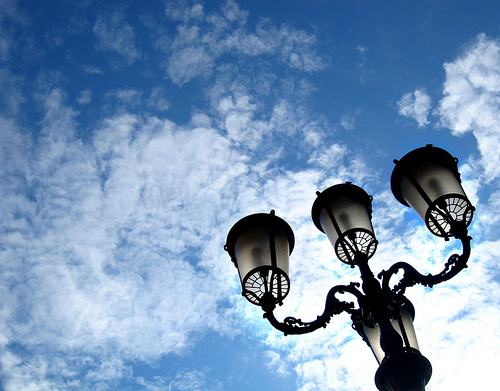
Lampost sky by The Big Quack on flickr (licensed CC-BY)
What is negative space?
In photography, positive space refers to the area of an image that is taken up by your subject. Negative space refers to empty space around your subject.
For an image to work well with a large area left around the subject, the background should be quite plain, with little to distract the eye from the subject. The use of this negative space then emphasizes the subject even more than a close crop would do.
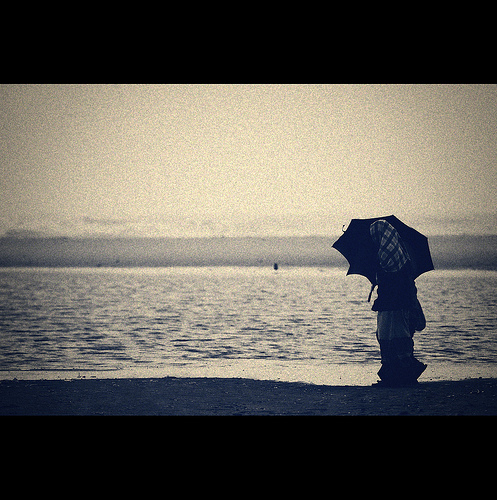
Loneliness | Explored by VinothChandar on flickr (licensed CC-BY)
Using negative space
Using negative space effectively ensures that your photo does not appear too cluttered. It is clear where the subject is, and the space allows room for the subject to 'breathe'.
One of the main uses for negative space is giving a subject somewhere to look into. If a subject is looking off to one side of the frame, it will normally create a stronger photo to position the subject within the frame so that they have plenty of space to look into.
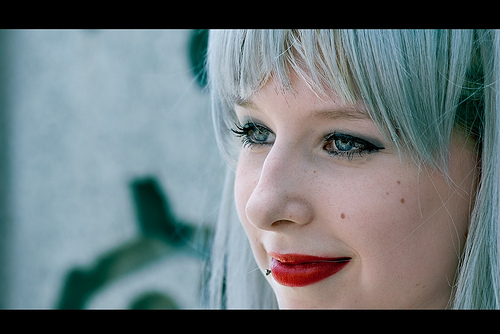
Harajuku Girl by pjan vandaele on flickr (licensed CC-BY)
Placing the subject near the edge of the frame with negative space behind them can give an image quite a different feeling. It can make the viewer feel like the subject is trapped inside the frame.
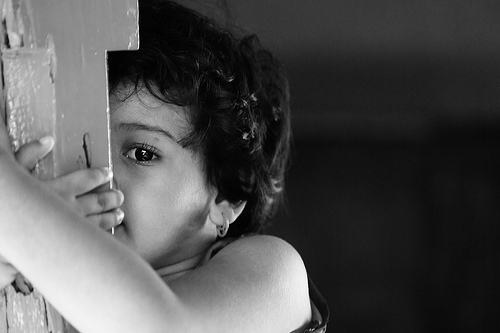
The Hidden Beauty! by VinothChandar on flickr (licensed CC-BY)
Another popular use of negative space is for moving subjects. Placing negative space in front of the subject gives them somewhere to move into.
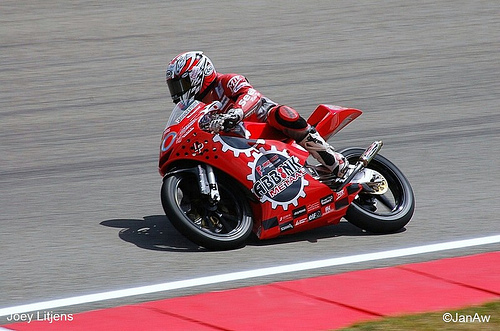
Dutch TT Vrijdag 27 juni by adriaan4 on flickr (licensed CC-BY-SA)
If instead you place the negative space behind the subject, it gives more of an emphasis to where the subject has come from.
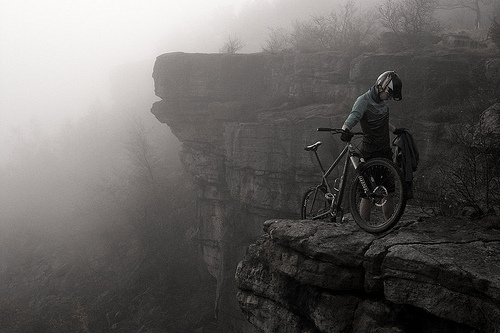
Stille by all martn on flickr (licensed CC-BY-ND)
When composing an image, it can be difficult to find the right balance between positive and negative space. The rule of thirds can provide a good general purpose guide. If you look at the photos above you'll see most of them are composed around the rule of thirds.
For photos where you can take your time, it can be a good idea to try and break your photo down into shapes, rather than thinking of the actual object(s) in the photo. Look at the shapes and how they relate to the space around them, and use this in helping you determining your composition.
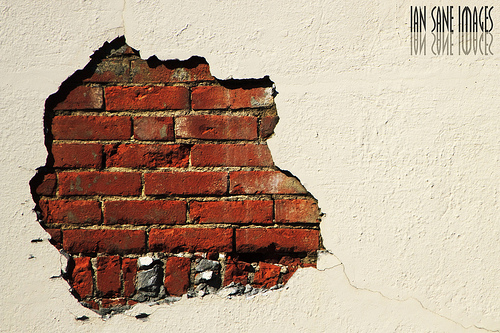
Plastered Against The Wall by Ian Sane on flickr (licensed CC-BY)
The main thing to bear in mind with negative space is that for it to work well, it should ideally not be full of clutter. If you leave a space around your subject, but the subject's surroundings are busy, it is more likely to distract from the subject than help draw the viewer's eye to the subject. But in cases where you have a clear space around your subject, negative space can be a powerful compositional tool.





These two connotations has a big role with Photography. Each plays an important part in a picture. I love how each of them is explained in this article that the readers would certainly understand. Great post!